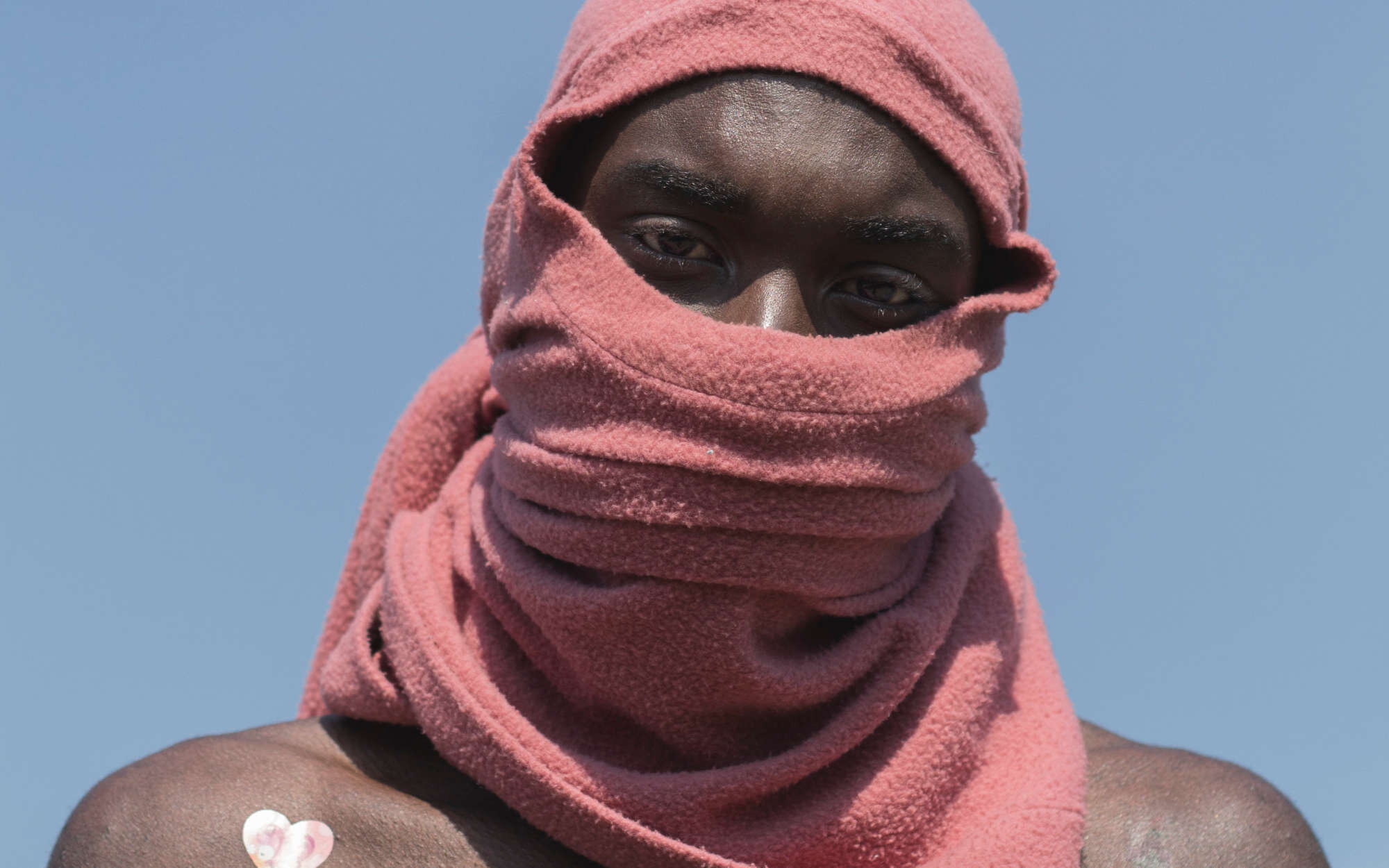In the last feature in this series, Ode hails the work of Rio photographer Lucas Cesário
The 1957 film Det sjunde inseglet is set in medieval Sweden and tells the story of Knights Templar Antonius Block and his squire Jöns returning from the Crusades to find their country devastated by the Black Death. Confronted by Death, the knight questions the existence of God and his fears. Travelling along the same path, a troupe of actors, Mia and Jof, try to emerge unscathed from the place ravaged by misfortune.
Between the end of school and the exams, what distracted Lucas Cesário was watching films, until in one of those laps around the TV he came across this film directed by Ingmar Bergman. He didn't understand a thing, but he became obsessed and wanted to understand what cinema really was. Thus, Cesário went to study cinema at the Universidade Federal Fluminense in 2017, going on to fall in love with photography. Although he was born and raised in a favela in Rio de Janeiro, today, like Mia and Jof, the photographer emerges in spite of his lack of access.
One of the central points of this young artist’s work is his home and its issues. “No matter where you are in my neighbourhood, if you look at the horizon, you will see that huge mountain range above you,” says Cesário. “When you look at the people around you, you will see a mother's struggle to support her children, the disrespect a lesbian couple receives when they walk hand in hand, the shouts of a Pentecostal pastor during a service. This makes me think about how living here is influenced both by the marks of geographical time, as well as those of historical-social processes, especially the legacy of the resistances that fought for us to be here. My work tries to synthesise these past processes, using them both as aesthetic and ideological references to project a future where we can learn to deal with our territory and our communities.”
“People like to see themselves represented in positive ways that celebrates their identities and their lives”
In this sense, the Cameroonian philosopher and political theorist Achille Mbembe says in his 2014 book Critique of Black Reason that the world of signs has become so autonomous that it has not only become a screen for the apprehension of the subject, his life and the conditions of production, but has gained a force of its own, capable of freeing itself from any connection to reality. In this way we can undoubtedly attribute it mostly to the law of race. And this is one of the main reasons why the curatorial gaze from the Global North is not shifted south-ward.
Cesário’s sympathetic, poetic and often opaque images, in portraying black men like himself, brings feelings of pride, presenting people in a different way from that which has been traditionally reproduced by the capitalist-colonial optic. In citing this characteristic of his production, he points out: "People like to see themselves represented, and represented in positive ways that celebrates their identities and their lives.”
Faced with the symbolic violence invested in the black image and the suppression of its culture and cosmogony, recreating the social imaginary, producing affectations and putting values into circulation through a manifested art becomes, for many, constant life practices. With Cesário and the other photographers of this series that ends here it is no different.
Words Ode
Visit Lucas Cesário
From Brazil, With Love And Optic Games is a Nataal series spearheaded by Ode, a São Paulo-based stylist, writer and independent curator. Brazil, which has the largest black population outside the African continent, is home to a new generation of young black photographers who are creating fresh perspectives on fashion and art. This series of interviews sees Ode explore how their work both expands ideas around representation and participation and challenges Western perspectives that ignore the Global South as part of black life and diasporic conversations
Read our other stories in this series here.
Published on 28/04/2021




